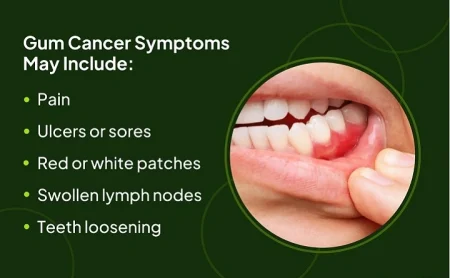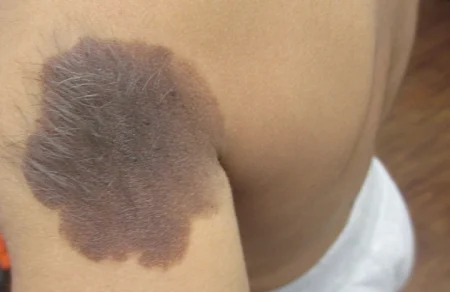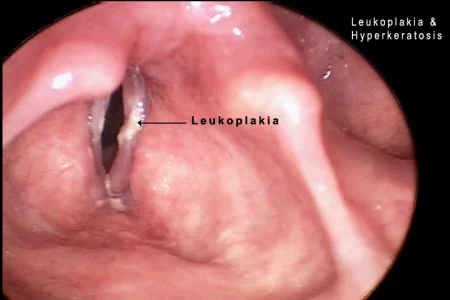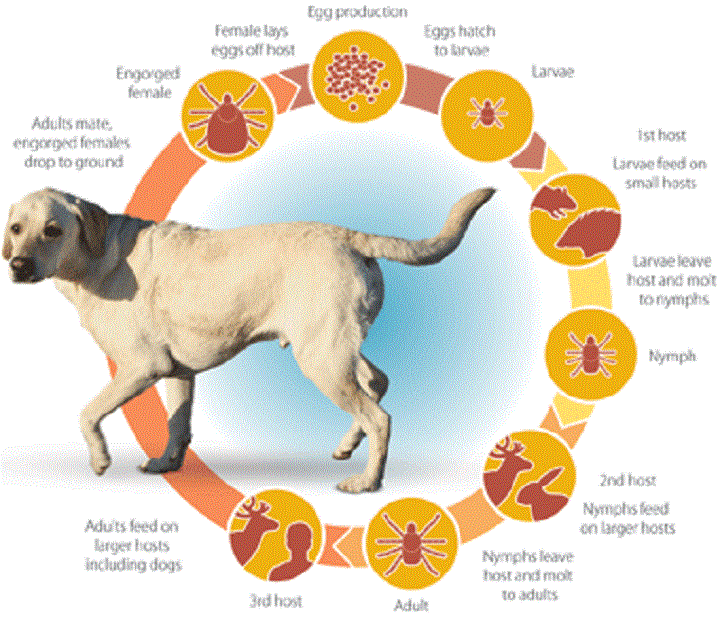Dog skin diseases can be concerning for any pet owner. Not only do they affect your furry friend’s comfort and well-being, but they can also be indicative of underlying health issues. Understanding the various types of skin diseases that can affect dogs is crucial for prompt diagnosis and effective treatment. In this comprehensive guide, we’ll delve into the common types of dog skin diseases, accompanied by informative pictures to aid in recognition.
Understanding Dog Skin Health:

Before delving into specific skin diseases, it’s essential to grasp the basics of dog skin health. A dog’s skin serves as a protective barrier against external elements, regulates body temperature, and plays a role in sensory perception. Healthy skin should be smooth, supple, and free from irritation, inflammation, or lesions.
Common Types of Dog Skin Diseases:
- Allergic Dermatitis:
- Allergic dermatitis is one of the most prevalent skin conditions in dogs.
- It occurs when a dog’s immune system overreacts to allergens such as pollen, dust mites, or certain foods.
- Symptoms include itching, redness, inflamed skin, and recurrent ear infections.
- Pictures: [Insert relevant images]
- Flea Allergy Dermatitis:
- Flea allergy dermatitis (FAD) is a hypersensitivity reaction to flea saliva.
- Even a single flea bite can trigger intense itching and discomfort in sensitive dogs.
- Symptoms include excessive scratching, hair loss, and skin lesions, particularly around the base of the tail and hindquarters.
- Pictures: [Insert relevant images]
- Atopic Dermatitis:
- Atopic dermatitis is a chronic allergic skin disease characterized by itching and inflammation.
- It’s often triggered by environmental allergens like pollen, mold, or dust mites.
- Symptoms may include itching, redness, recurrent ear infections, and secondary bacterial or yeast infections.
- Pictures: [Insert relevant images]
- Hot Spots (Acute Moist Dermatitis):
- Hot spots are localized areas of inflamed, infected skin.
- They typically occur due to self-trauma, often from excessive licking, scratching, or chewing.
- Symptoms include moist, red, and painful lesions that can rapidly worsen if left untreated.
- Pictures: [Insert relevant images]
- Pyoderma:
- Pyoderma refers to bacterial skin infections that can affect dogs of all breeds and ages.
- It often occurs secondary to underlying issues such as allergies, hormonal imbalances, or skin trauma.
- Symptoms include pustules, crusts, hair loss, and discomfort.
- Pictures: [Insert relevant images]
- Seborrhea:
- Seborrhea is a skin condition characterized by excessive production of sebum, leading to greasy, flaky skin.
- It can be primary (inherited) or secondary to other skin disorders.
- Symptoms include oily skin, dandruff-like flakes, and a foul odor.
- Pictures: [Insert relevant images]
- Ringworm (Dermatophytosis):
- Ringworm is a fungal infection that affects the skin, hair, and occasionally, the nails.
- Despite its name, it’s not caused by a worm but by various fungi.
- Symptoms include circular areas of hair loss, redness, and scaling.
- Pictures: [Insert relevant images]
Diagnosis and Treatment:
Proper diagnosis of dog skin diseases often requires a combination of physical examination, skin scrapings, fungal cultures, and allergy testing. Treatment varies depending on the specific condition but may include topical medications, oral medications, dietary changes, flea control, and environmental management.
Preventing Dog Skin Diseases:
While some skin conditions may be hereditary or difficult to prevent entirely, there are steps you can take to minimize the risk:
- Regular grooming and bathing to remove dirt, allergens, and parasites.
- Using flea and tick preventatives as recommended by your veterinarian.
- Providing a balanced diet rich in essential nutrients to support skin health.
- Minimizing exposure to potential allergens, such as pollen or certain foods.
- Keeping your dog’s environment clean and free from potential irritants.
Dog skin diseases can significantly impact your pet’s quality of life, but with proper understanding and proactive care, many can be effectively managed or prevented altogether. By recognizing the signs, seeking prompt veterinary care, and implementing preventive measures, you can help keep your furry companion’s skin healthy and happy for years to come. Remember, your veterinarian is your best ally in ensuring your dog’s skin health, so don’t hesitate to seek their guidance and expertise.
With this comprehensive guide and accompanying pictures, you’re better equipped to navigate the world of dog skin diseases and provide the best possible care for your beloved canine companion.








